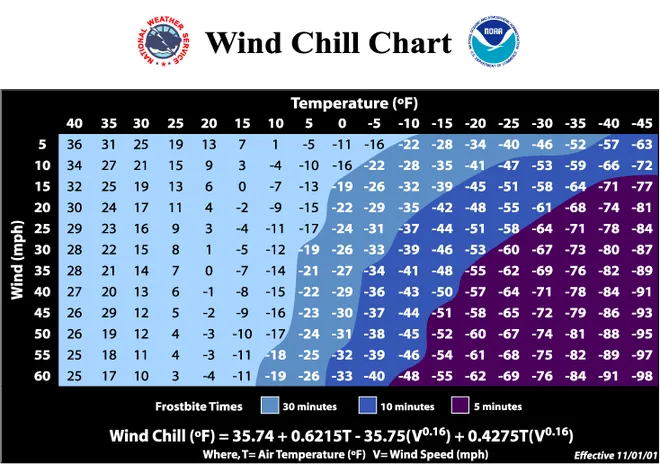
With the most recent cold snap that’s hit much of the country, it’s crucial to know how to avoid frostbite while out and about in the cold winter weather. For many, exercise is the goal no matter the weather, but even those who are protecting themselves need to know the signs of frostbite. Head below for more details.
For many of us across the States, we are living – with the wind chill – in temperatures that have reached the negative teens. Here in Michigan, schools have been closed the last two days because of how cold it’s been. Just this morning while at the gym, I saw someone running down the icy sidewalk in 2-degree weather, and I got to thinking: What is she doing running outside at 6:30 in the morning in this cold? Would this woman know if she was exposing herself to frostbite? Would I know if I was exposing myself to the same? And here we are.
What is frostbite?
According to John Hopkins Medicine,
Frostbite is an injury that can happen in a situation of extreme cold. In frostbite, body tissues become frozen, and permanent damage may happen if the affected area is not treated promptly.
Frostbite, as it turns out, has degrees that range from not-too-terrible to possibly needing an extremity amputated, and it can occur when it’s 32 degrees or below outside. How fast can you contract frostbite? According to a wind chill chart provided by the National Weather Service:

Even in a best-case scenario with the wind chill bringing temperatures down, at most, you have 30 minutes until frostbite can manifest.
The degrees of frostbite
The first degree of frostbite is called frostnip, which is a mild form of frostbite, leading to numbness in the affected area – you may experience pain or tingling at this stage.
The second degree of frostbite is superficial frostbite, which can cause a slight change in skin color (via Mayo Clinic):
The skin may begin to feel warm — a sign of serious skin involvement. If you treat frostbite with rewarming at this stage, the surface of the skin may appear mottled. And you may notice stinging, burning and swelling. A fluid-filled blister may appear 12 to 36 hours after rewarming the skin.
Lastly, and more painfully, is the final degree: deep (severe) frostbite. With deep frostbite, a person skin may turn white or blue-gray, “and you lose all sensation of cold, pain or discomfort in the area. Joints or muscles may stop working. Large blisters form 24 to 48 hours after rewarming. The tissue turns black and hard as it dies.”
Preventing frostbite
According to the American Academy of Dermatology Association, there is a lot you can do to protect and hopefully percent yourself from getting frostbitten this winter:
- Dress is loose, comfortable layers to help trap warm air
- Protect your feet and toes with additional socks
- Protect your head with a heavy wool or fleece hat
- Protect your hands with insulated gloves or mittens
- Make sure snow can’t get inside of your boots or clothing
- Keep hydrated
Connect the Watts’ Take
If you’re going to choose to spend time outdoors, whether that’s for exercise for ice fishing or because you have to walk a certain distance, it is imperative you protect yourself against the elements to avoid having frostbite.
FTC: We use income earning auto affiliate links. More.


